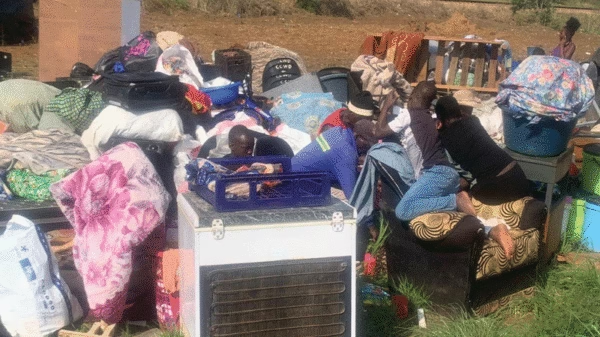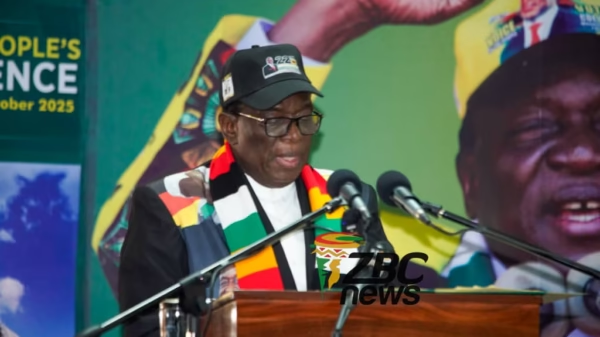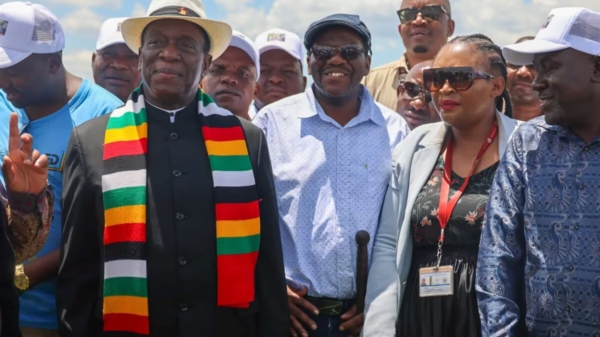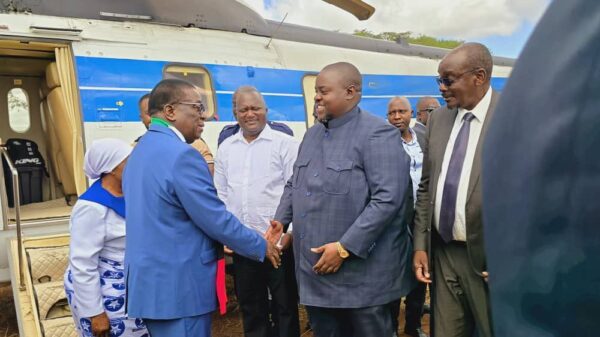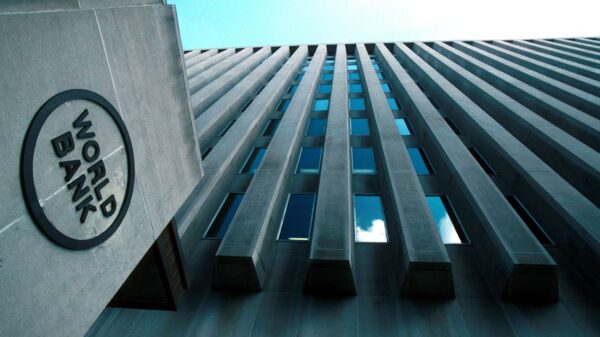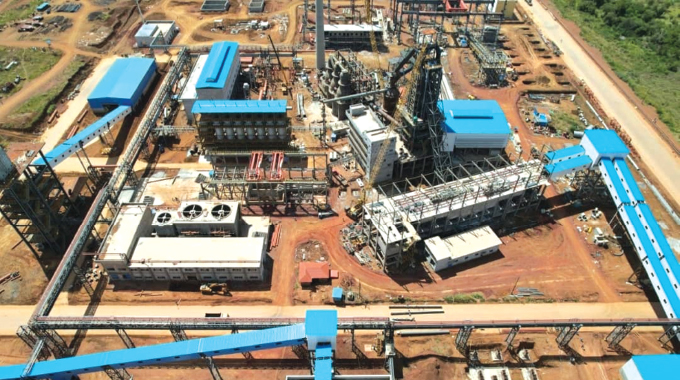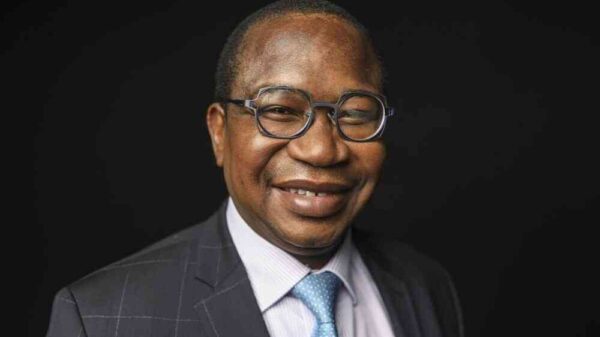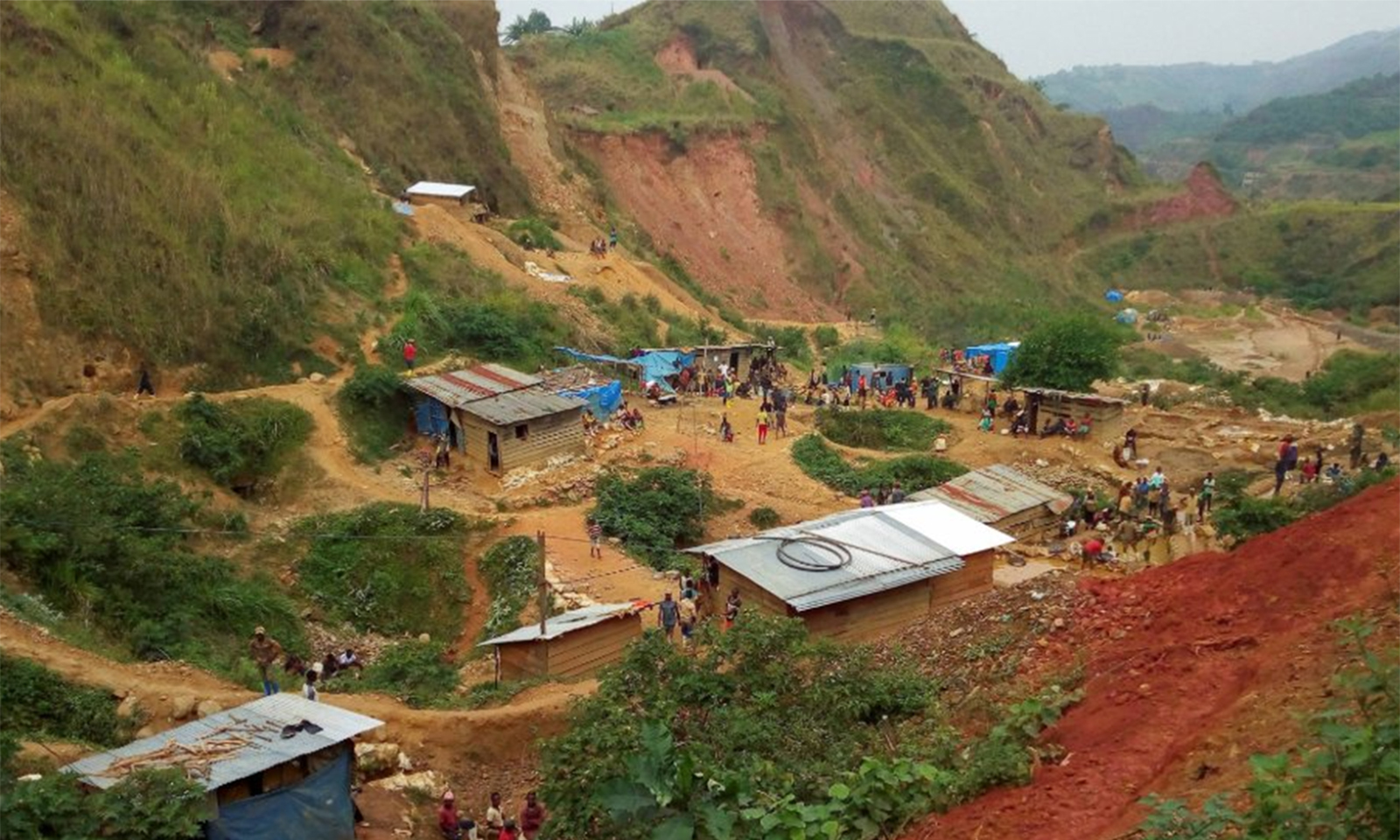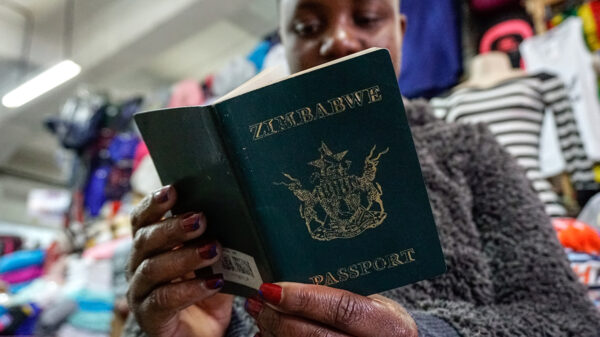Dinson Iron and Steel Company (Dinson) has begun manufacturing steel bars, marking the third product introduced under its initial production phase.
Located in Manhize near Mvuma, the US$1.5 billion steel plant commenced operations in July last year, initially producing pig iron before expanding to steel billets by late 2024.
Dinson is a subsidiary of China’s Tsingshan Holdings Limited, which also operates Afrochine Smelting in Selous, Mashonaland West Province, and Dinson Colliery in Hwange, Matabeleland North Province.
Speaking over the weekend, Dinson’s projects director, Mr. Wilfred Motsi, confirmed the production of steel bars had started the previous week. He noted that the company has yet to set production targets, as they are currently focused on assessing product quality.
“This new addition joins our existing pig iron and steel billet production, which began last year,” Motsi stated.
Under the first phase, the steel plant is expected to produce 600,000 tonnes of products annually, increasing to 1.2 million tonnes in the second phase. The third phase will see output rise to 3.2 million tonnes, with the fourth and final phase reaching 5 million tonnes. This expansion will allow the company to supply a comprehensive range of steel products to both local and international markets.
To support production and reduce reliance on the national grid, which faces supply constraints, Dinson launched a 50-megawatt (MW) power plant last year. Currently, the steel plant consumes 28MW, with plans to channel the surplus electricity into the national grid.
By the end of the third quarter this year, Dinson plans to produce deformed bars, round bars, and wires.
The anticipated exports from the Manhize steel plant to regional and global markets are expected to generate substantial revenue for Zimbabwe while reducing steel imports. The local market has already started benefiting from the plant’s production.
Zimbabwe Institute of Foundries (ZIF) chief operating officer, Mr. Dosman Mangisi, highlighted that the country’s high import bill—partially driven by steel and related products—will significantly decrease as Dinson expands production.
Zimbabwe’s reliance on imported iron and steel products has been evident since the closure of Zisco, formerly the largest steel plant north of the Limpopo, in 2008. Many industries have since been sourcing raw materials from countries like India and China. However, with Dinson ramping up production, the domestic engineering, iron, and steel sectors stand to benefit from local sourcing.
According to the Zimbabwe National Statistics Agency, the country exported goods worth US$7.44 billion last year while importing US$9.53 billion, resulting in a trade deficit of US$2.1 billion. In 2023, the trade deficit stood at US$1.98 billion, with exports valued at US$7.23 billion against imports of US$9.21 billion.
Mangisi pointed out that Zimbabwe’s construction and infrastructure projects have heavily depended on imported reinforced steel bars. However, with local production underway, the industry will experience greater accessibility to domestically manufactured products, reducing dependency on imports.

For comments, Feedback and Opinions do get in touch with our editor on WhatsApp: +44 7949 297606.


